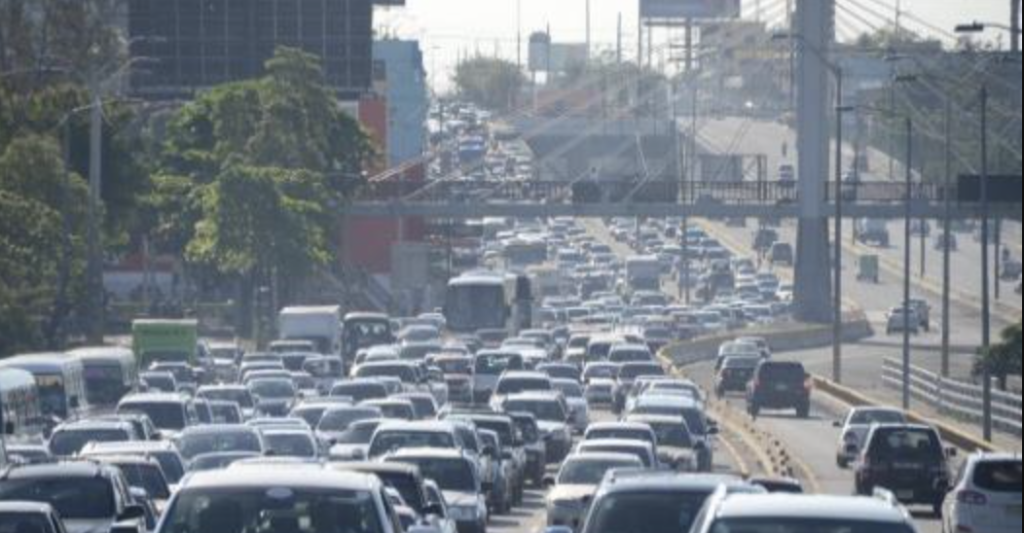
It is no secret that the traffic situation is Santo Domingo is horrible. The not published truth is that the present and past governments have been major contributors to the problem. The government commercial bank, the Banco de Reservas over the years has sponsored dozens of “car fairs” with the lowest market interest rates available for people to purchase cars. Other leading banks have followed. Car vending businesses are all over the cities.
The local economic bonanza plus the low bank rates for the purchase of cars has turned roads into a nightmare for those who need to commute.
A recent report in Diario Libre says the Dominican Republic is third in Latin America in the number of vehicles per inhabitant. There are 507.8 motorized vehicles per 1,000 inhabitants in the Dominican Republic. The per capita places the DR only behind Argentina (590 per 1,000) and Brazil (521 per 1,000) and Mexico (286 per 1,000), three countries that are major exporters of vehicles.
Constant honking, ever-lasting traffic jams, and a general lack of knowledge of the “rules of the road” characterize driving in the Dominican Republic. It is a nightmarish adventure to try and get anywhere, and one’s bodily safety is often at risk. Traffic jams happen most of the day, with some breathers at odd times.
An expert in sustainability and a businessman, have come together to offer some possible solutions. Above all, there is the issue of safety. This is because walking has become an unsafe activity in much of the nation’s biggest urban area. And so, restructuring transportation begins with safety.
For Javier Bonett, a businessman, the government must prioritize the safety of its citizens to create a complete renewal of its transportation and traffic issues. For Bonett, the Santo Domingo Metro system is not working as well as it should because the government has skipped several important steps.
One of the areas criticized is the overcrowded condition of the Metro units. The expert in sustainability, Alex Ramirez, told reporters from Hoy newspaper, that he and Bonett agree that in order to alleviate the situation, the government needs to install more modern systems, such as mag-lev trains and elevated trains which offer modern alternatives and are safe and have high carrying capacity. These high-tech solutions, according to the opinion of Ramirez and Bonett have been overlooked for too long by the competent authorities.
Read more in Spanish:
Hoy
El Dia
Diario Libre
5 November 2024

